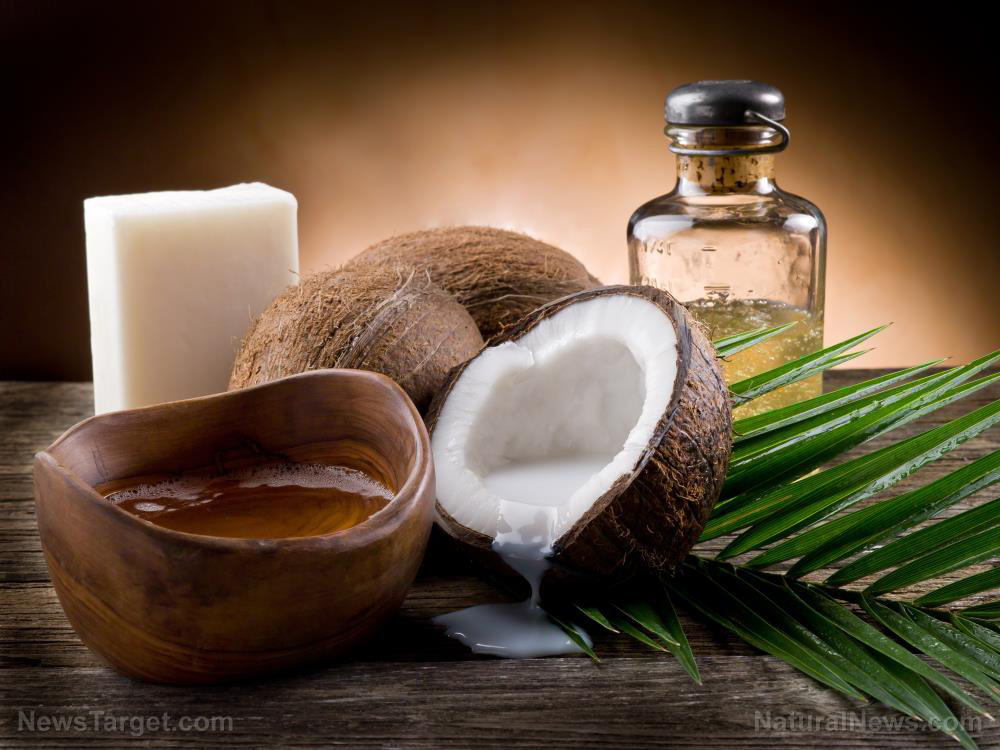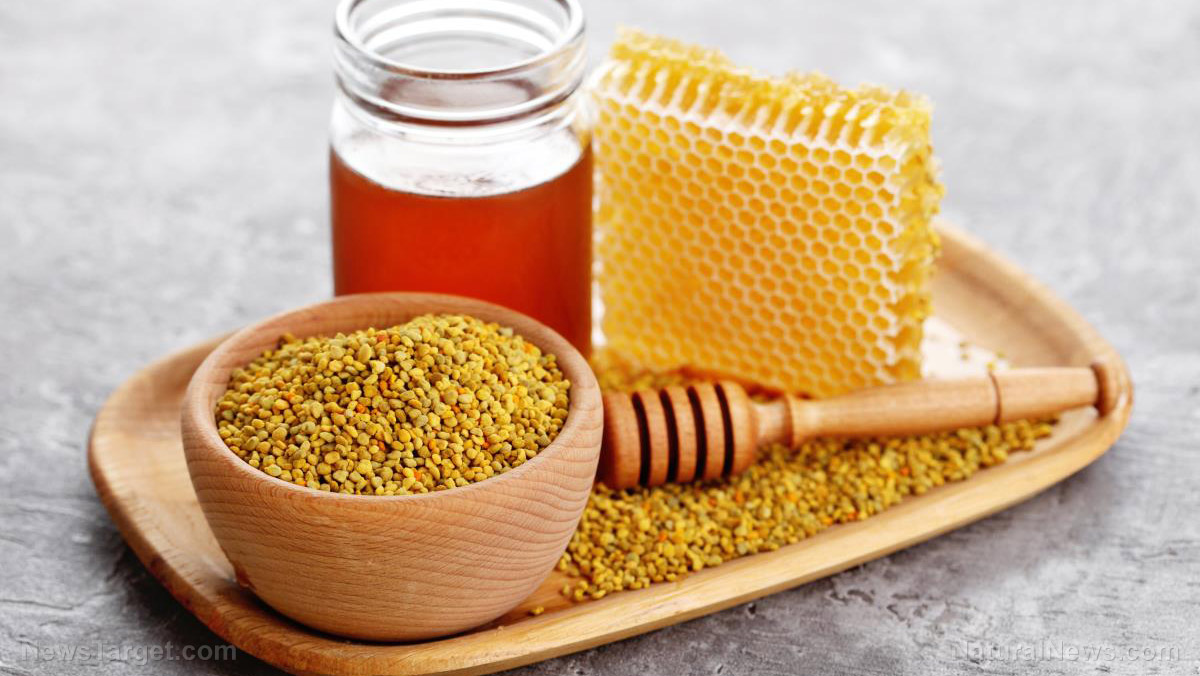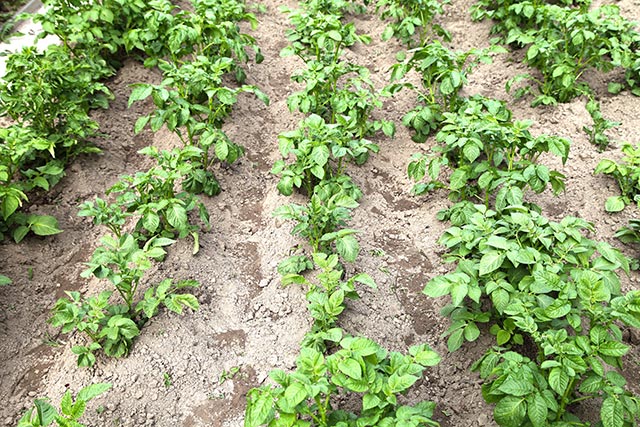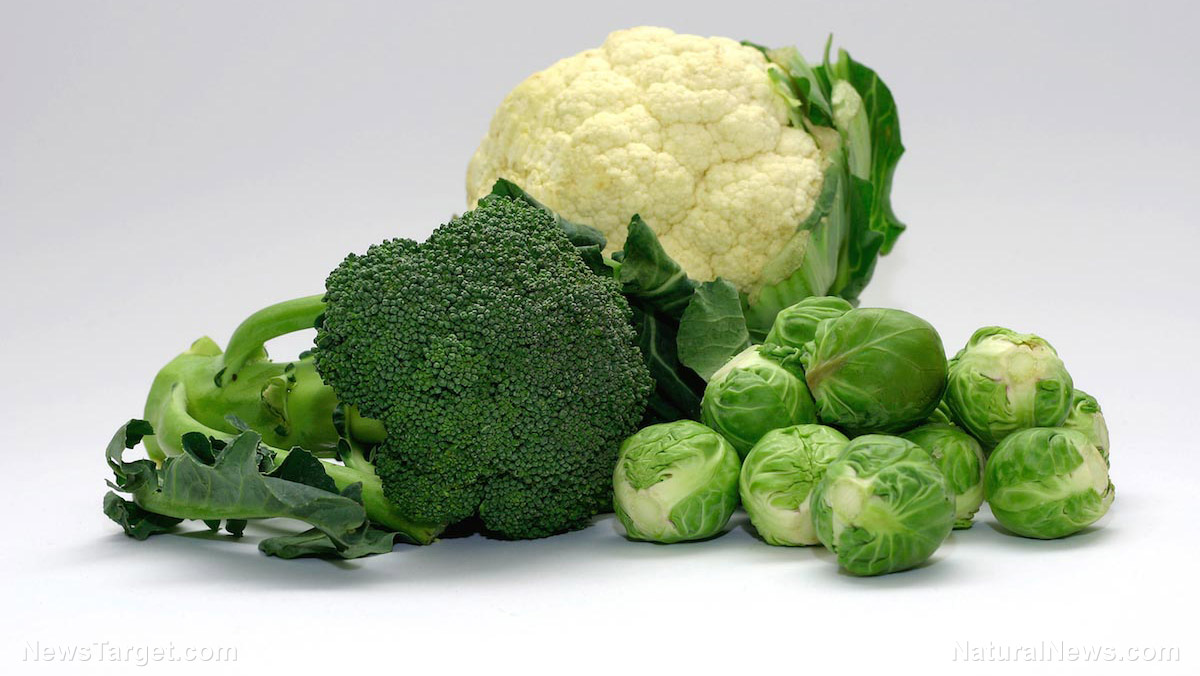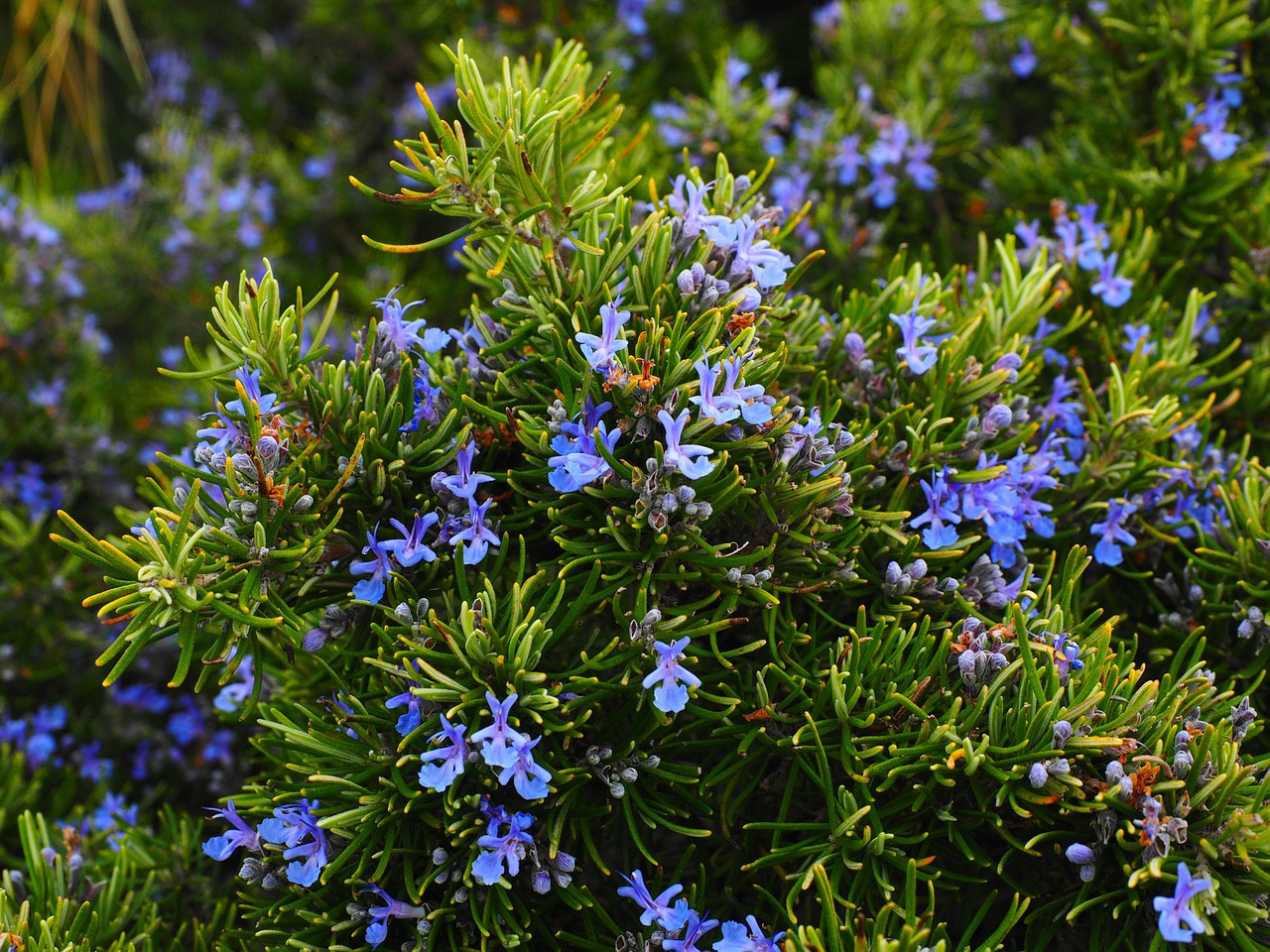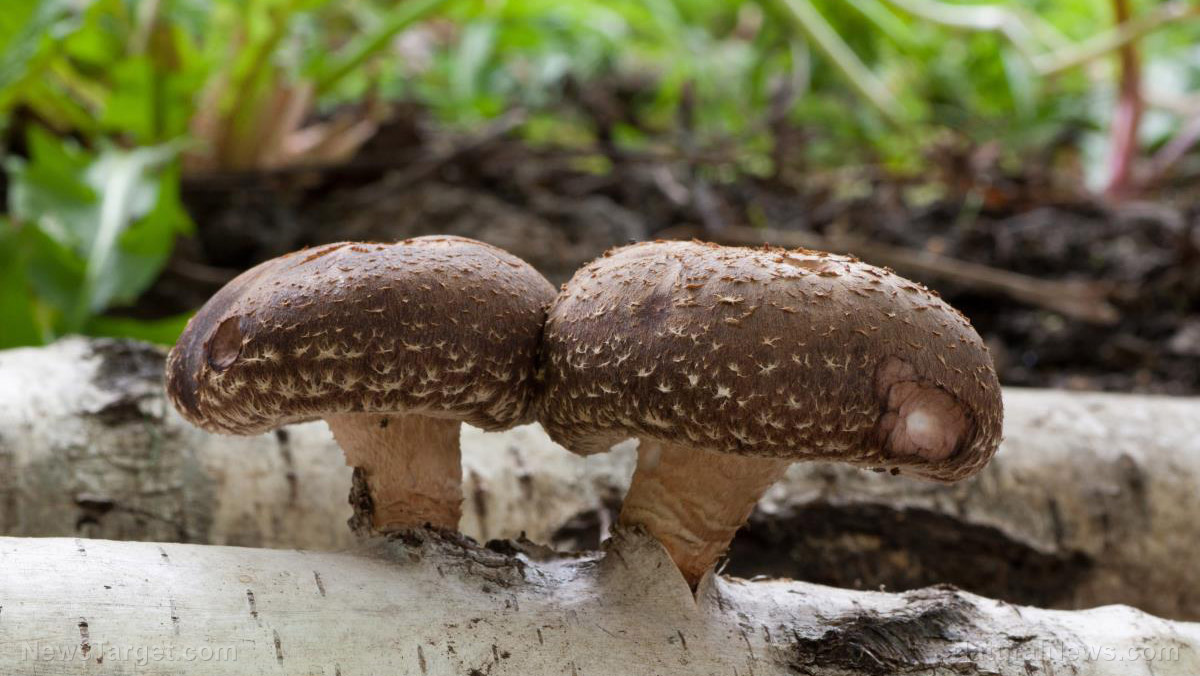Plant disease in papayas can be stopped using plant essential oils
10/02/2018 / By Ralph Flores
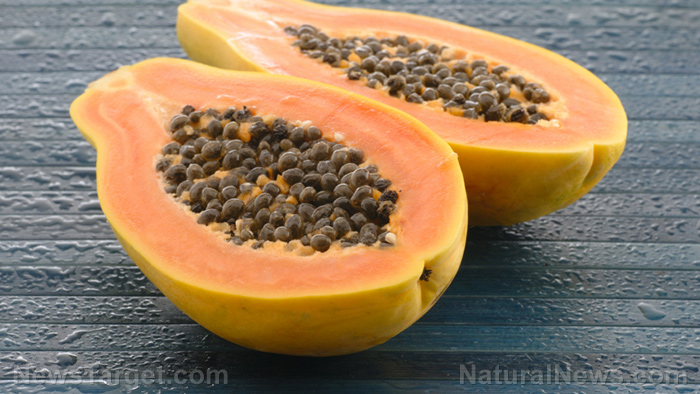
Papaya fruit growers who live in constant worry from fruit decay and spoilage have found a cheap and effective alternative in essential oils, according to a paper in the journal Biological Agriculture and Horticulture. In the study, researchers from the University of Florida, as well as the Shahid Beheshti University in Iran, looked at different types of plant-extracted essential oils to determine which can effectively inhibit anthracnose-induced fruit decay, as well as improve the fruit’s storage life.
Anthracnose, also known as bitter rot, is a disease caused by the fungus Colletotrichum gloeosporioides, one of the most common fungal plant pathogens. In the study, researchers focused on its effects on papaya, but the condition can impact a variety of crops around the world, especially those grown in tropical areas. These include citrus, yam, papaya, avocado, coffee, eggplant, sweet pepper, and tomato.
Plants affected by anthracnose exhibit a variety of symptoms, depending on the infected crop and the tissue infected (i.e., the leaves or the fruit). In papaya, C. gloeosporioides affects unripe green papayas, with symptoms becoming pronounced as the fruit begins to ripen. In particular, “chocolate spots,” which are superficial circular lesions found in the fruit, begin to develop. Over time, these become sunken and become reddish-brown. Fruits that are severely infected will have lesions, which can appear to either be soggy or hard.
In the current study, researchers selected five common sources of essential oils – thyme, savory, mint, cinnamon, and lavender. To understand the underlying physicochemical components for each plant-derived oil, all sampled extracts were processed using gas chromatography-mass spectrometry (GC/MS). The team then used an isolate of C. gloeosporioides to mimic conditions seen in bitter rot. The isolate was identified using a polymerase chain reaction method, which analyzes short DNA sequences by repeating selected sections and coding it using an enzyme called polymerase. Researchers then tested all samples for its ability to inhibit the growth of C. gloeosporioides using both a controlled lab setup and in a live plant.
Of the results, the researchers wrote, “This study showed that savory oil is effective as a natural fungicide for controlling anthracnose decay and prolonging the storage life of papaya fruit.”
After looking at the in vivo results, researchers discovered that both savory and thyme essential oils effectively reduced mycelium growth by as much as 100 percent. The same oils, when tested in vivo, still produced significant reductions, but not as high as those in a controlled environment. In terms of its ability to reduce fruit decay, the oils were able to reduce it 64.07 and 5.82 percent, respectively. Both savory and thyme essential oils were also able to decrease lesion diameter in plants that have been affected with bitter rot. Over other essential oils, topical applications of savory and thyme essential oils resulted in an increased firmness in the fruit, despite its exposure to pathogenic C. gloeosporioides fungi. In particular, researchers noted that savory oil with carvacrol and thyme oil with thymol were the most effective in reducing fruit rot caused by anthracnose both in vivo and in vitro tests.
Other natural remedies to treat plant diseases
Using essential oils to manage bitter rot is just one of the many ways to naturally manage plant diseases. However, before trying it out on the whole plant, it’s good practice to test it out on a single leaf to see if it has any adverse effects. For the most part, these should only be applied on the part of the plant that is diseased. Finally, while the treatments are made from natural ingredients, it’s best to wear adequate protection to lessen the risk of exposure and potential irritation.
- Apple cider vinegar, when diluted with water, can be used to treat most fungal infections, especially black spot on aspen trees and roses.
- Baking soda can be used to treat powdery mildew and leaf blight. To make the spray:
- Combine 1 tbsp of baking soda with 2 ½ tbsp of vegetable oil
- Dilute in a gallon of water and shake well
- Add ½ tsp of castile soap, shake, and spray regularly
- Chamomile tea or cinnamon can be used to treat damping off disease in seedlings.
- Garlic, when combined with corn leaves and clematis leaves, can also be used as a natural fungicide. To make a spray, blend the three ingredients together with water, strain the liquid, then use it as a spray.
Learn more ways to naturally prevent disease in plants by following Harvest.news today.
Sources include:
Tagged Under: agriculture, anthracnose, Colletotrichum gloeosporioides, crop infection, crops, essential oils, fruit decay, fruit rot, fruit spoilage, Papaya, plant disease, Plants



